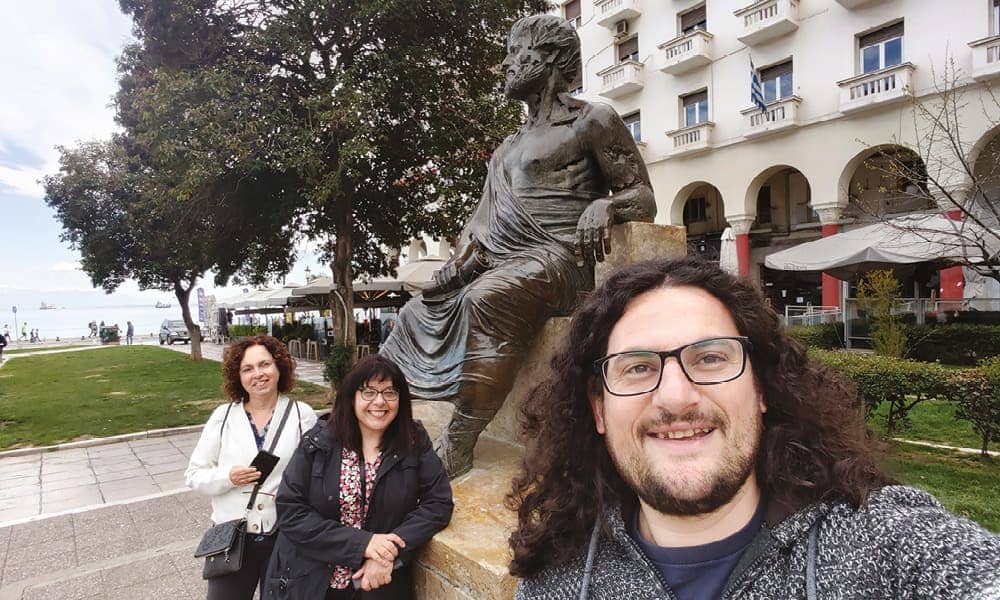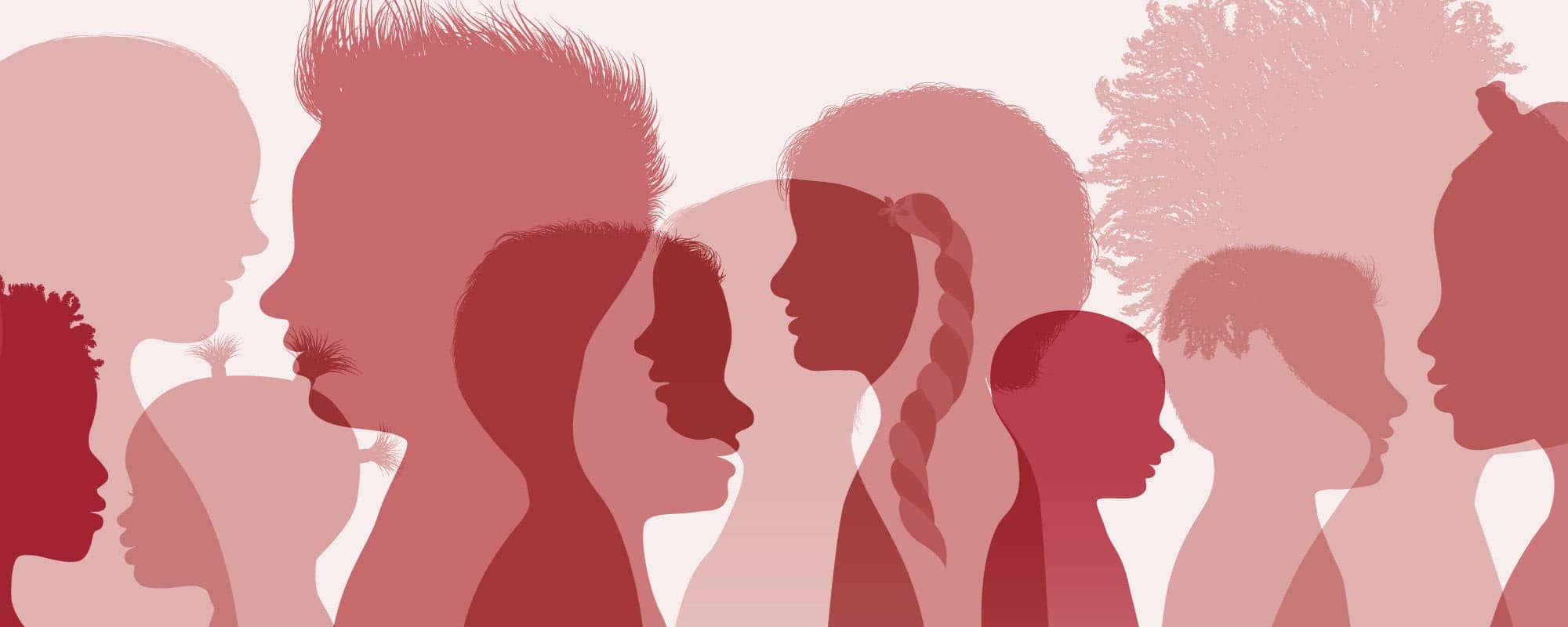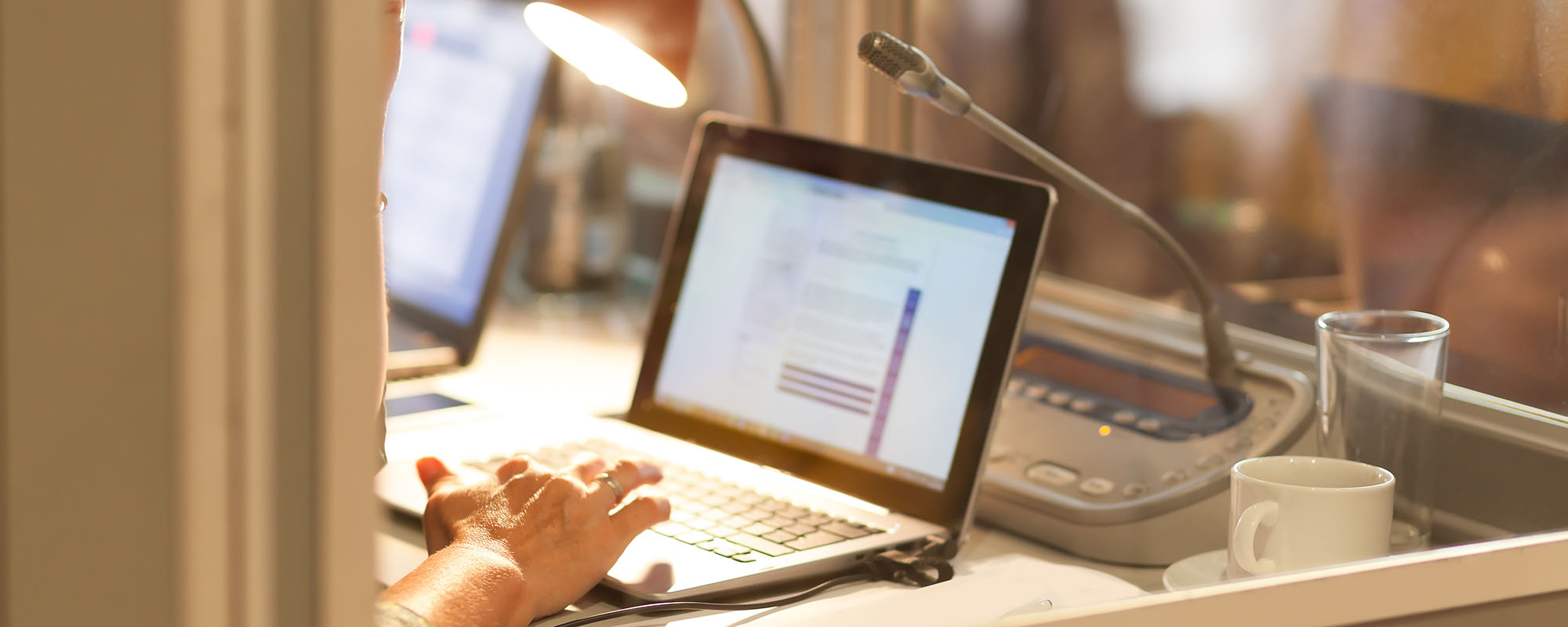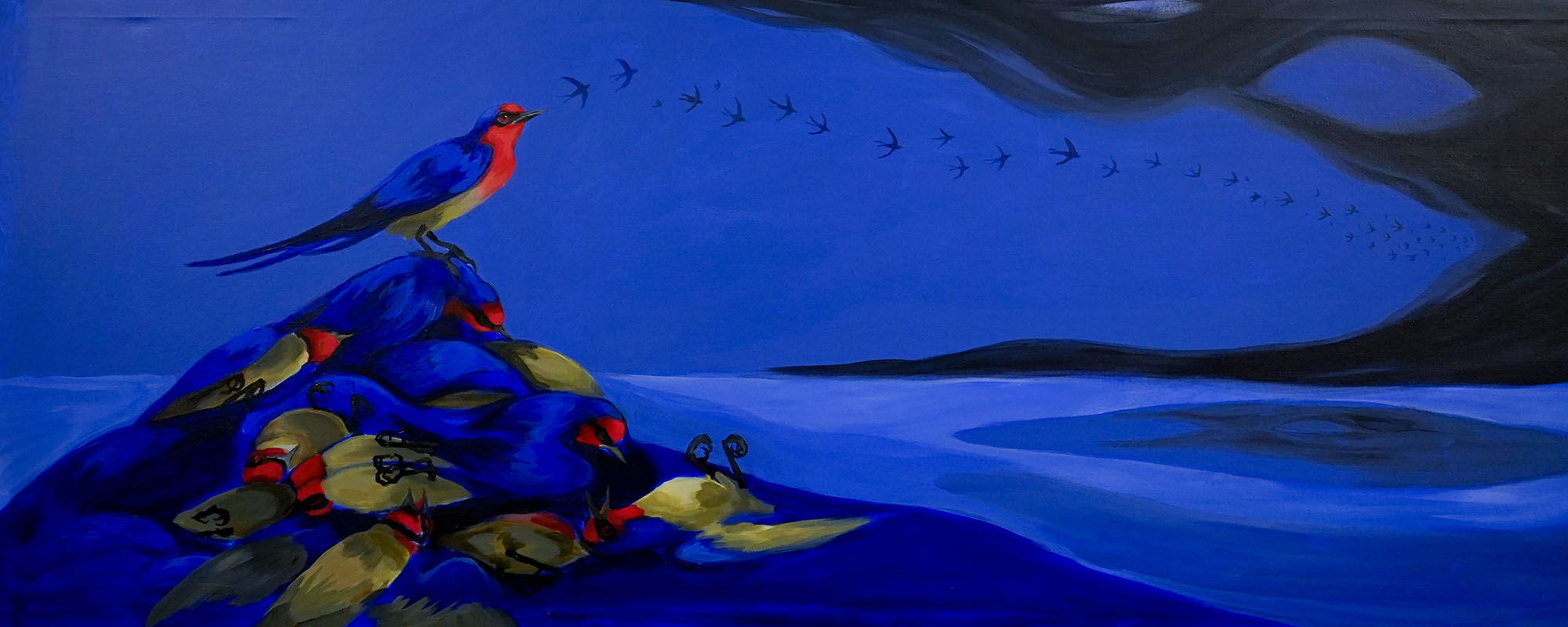Learning Diversity: A Case Study of Refugee Students in Primary School is an international project created to provide information about the unique needs of refugee students, their obstacles to success, and the interventions and good practices applied to help them. Jonathan Firbank speaks with lead coordinator, Prof. Simone Galea, about the study’s ethics, methods, and findings.
Learning Diversity
Attending a new school is an experience we have all shared. For most of us, it was a challenging time. Perhaps the new space was overwhelmingly big, complex, or crowded. The new classes might have been far more difficult. Teachers may have been sterner or students crueller. Many moved homes in childhood, arriving out-of-step with a rigid syllabus and no friends to share the experience with.
These periods in our lives leave a big impression; nightmares about alienation and confusion in school often linger throughout adulthood. But what if we had been thrust into school to find no one speaking our language? What if we had fled from terrible conditions into this confusing environment and had to navigate it while processing trauma? This is the experience of a refugee student.
Learning Diversity: A Case Study of Refugee Students in Primary School is an international project seeking to identify the unique challenges faced by refugee students and find ways of helping. Prof. Simone Galea is the lead coordinator of the group from Malta, which also included Dr Kurt Borg and Dr Louise Chircop as researchers from the University of Malta. This group was one from the four participating countries with a collaborating primary school and university. Galea explains how, ‘Greece, Turkey, Italy, and Malta experience similar challenges in providing the quality educational experiences refugee children are entitled to.’ The project’s primary aim was identifying what refugee children need in order to have ‘edifying educational experiences’ that let them feel like welcome citizens. The project discovered that refugee students’ experiences were extremely similar. None were instructed in their mother tongue, and all struggled to make friends.

The Language Barrier
Language is the first and greatest obstacle these students face. Around the Mediterranean, refugees are primarily from Arabic-speaking countries. Maltese provides a gentler adaptation process for these children, sharing common ancestry and a third of its vocabulary with Arabic. But this is unique amongst Learning Diversity’s participants and within Europe. As Prof. Galea points out, language barriers are compounded by refugee students joining schools late. English, a subject with more importance than ever, has proved especially challenging, impeding academic success. Many refugee students expressed a desire for instruction in their own language, something that is easy to take for granted, but is invaluable for young learners.
Language, of course, isn’t just a tool for getting good grades. School’s social environment can be brutal. Children may ostracise those with perceived differences or target them for bullying. Sadly, this was found to be universal among refugee students, with language being the key distinction that led to social harm.
‘Friendship is a theme that was present in all our interviews. All the children said that they had some friends, but almost none of a nationality other than Libyan or Syrian. Only one mentioned a Maltese friend.’ Most refugee children played with relatives after school, finding it hard to make friends outside their culture or community. When one child was asked what country their friend was from, they replied, ‘He speaks in Arabic’. Galea explains, ‘This could be interpreted in two ways. It could be that these children find it easier to communicate with those who speak their language, finding it comforting to be with someone who might better understand and accept them. It could also mean that other children do not want to play with them. One child said that they had no friends in class, only elsewhere. Another said that “The other children gossip about me…they say I’m not pretty, that I speak too much. But I really don’t.” Their peers run away when spoken to, not allowing them to speak, play, or choose games.’
Another difference creating social challenges was culture. Refugee children are expected to assimilate. Both they and their parents were found to be eager to learn, but this learning process was too often a one-way street. ‘Very often there is little space for these students’ culture, faith, and language to be recognised apart from one-off activities such as Multicultural Day. For example, some children wished that their new school would recognise their religious feasts.’ The Mediterranean basin homes radically diverse cultures. Activities like this would not just help new arrivals integrate but also educate school communities about neighbouring countries. Most importantly, it could curb bullying, which is so often a consequence of children being ill-prepared to tolerate difference.
Studying School
The project sourced its data from interviews with three distinct groups: primary school staff, refugee students, and refugee parents. ‘We have a responsibility to ensure that we listen closely to the voices of refugee children and their families.’ This personal approach formed a ‘collection of narratives and experiences, allowing researchers to obtain a multi-layered approach to the challenges facing refugee students, as well as the practices facilitating their inclusion. Since the data was collected from different countries, all with specific socio-cultural realities, the project has a valuable comparative dimension in identifying structural barriers hindering inclusion, as well as highlighting good practices from different country’s schools.’
This methodology demanded a great deal of care. People who have become migrants are in a precarious position. This could be destabilised if they complain about their school. Learning Diversity prioritised anonymity and data protection for interviewees, ensuring they had complete information about the study and their personal rights (whether in participation or the right to refuse). Additionally, refugees have had traumatising experiences, recollections of which could be triggered by careless interviews.
‘The principle of “do no harm” was held to be of utmost importance throughout the whole research process,’ says Galea ‘At the University of Malta, we are committed to the highest standard of professionality, particularly with respect to codes of practice, University Research Ethics Committee procedures, and most importantly, the political and ethical aspects of our encounters with participants.’ Visiting school premises to conduct interviews gave researchers a more intimate understanding of these environments and refugees’ experiences within them. ‘Trips to research partner’s countries also enabled us to observe attempts to move beyond traditional practices of schooling. For example, an Italian school used mixed-age classrooms and an emphasis on hands-on learning to foster students’ curiosity.’
Refugee students were found to face complex, multi-faceted challenges. These demand complex, multi-faceted solutions. ‘These range from micro-practices within the classroom to macro and institutional considerations.’ Malta currently organises immigrant and refugee children into ‘migrant hubs’ for language acquisition. This separation may ‘other’ children and is counter-productive: if children are surrounded by other children who do not know Maltese or English, learning these new languages might prove difficult. It also places a heavy burden on children to change for the sake of their new country, which undermines their ability to feel at home.
Expanding Malta’s language induction program into something more open would do more than just teach language. ‘Initiatives such as after-school and summer school services could enhance refugee students’ education. Besides language acquisition, they are important for socialisation and building friendships.’ Services like these have already proved effective at the Maltese school Learning Diversity worked with. The school also provides financial support for those who need help with the increasing cost of uniforms, stationery, and transport, easing a key concern of many refugee parents.
‘Another good practice we identified is a school prioritising its place in the community, creating bridges with organisations, businesses, and NGOs who assist students in need.’ Schools tackling prejudice is also important. The school can assign an inclusivity coordinator, and staff can be trained in ‘culturally responsive teaching’, which respects difference. Learning Diversity found that an anti-racist ethos could be sustained through activities, story, play, and syllabus elements with a multicultural dimension. ‘Finally, the institutions that come into contact with refugee children have an important role to play in their inclusion. Be it through government funding of essential services (e.g. psychological services) or through support to the school, inter-departmental collaboration is imperative to prevent bureaucratic barriers to education.’
What’s next?
‘The narratives we collected shed light on the urgency of this matter; a day wasted in failing to ensure school is not an inclusive space means a day of a refugee child’s life where they feel like they do not belong.’
Our world has no shortage of crises. Conflict, climate, famine, and drought will continue making once-safe homes into dangerous places from which families will seek refuge. Projects such as Learning Diversity are essential for locals and refugees alike, allowing us to learn from and integrate with each other. It’s easy to forget our commonality.
We all share moments – like that terrifying first day at school – and feelings like the desire to safeguard our children’s future. We also have important differences, needs that are unique and require consideration from educators. ‘We have to be careful not to homogenise and essentialise people’s identities as refugees,’ explains Galea. ‘What they have in common is due to the conditions that made them seek refuge.’
Across its four countries, Learning Diversity found positive interventions. These can be shared to form multi-faceted approaches to protecting refugee students’ welfare. ‘We must acknowledge the good practices by teachers and school administrators. They built good relationships with refugee children and allocated resources for teaching and outings.’ says Galea. ‘We would like to thank the Maltese school’s staff for their close collaboration. It allowed us to holistically understand the challenges and rewards of teaching refugee students. It is crucial for all of us to find ways for refugee children and their families to thrive. We are grateful to the refugees who shared their stories, experiences, challenges, and needs. They have been so generous with us. Last but not least, our appreciation goes to our colleagues from Greece, Turkey, and Italy for the friendship that we have developed through our collaboration.’Learning Diversity represents educators’ commitment to what Prof. Galea calls ‘pluralistic inclusion’, a process that educates all of us rather than prescribing a strict path towards integration. ‘Our history itself is a multicultural story of cultural transformation that continually develops us in a unique way. We believe in equity of educational outcomes rather than simply equal opportunities, having learned that giving the same educational opportunities for people living in different conditions with different needs will not work. Our next challenge is to persuade others of this conviction and facilitate the sharing of good pedagogies that teachers in schools already have. There is much to be done.’





Comments are closed for this article!